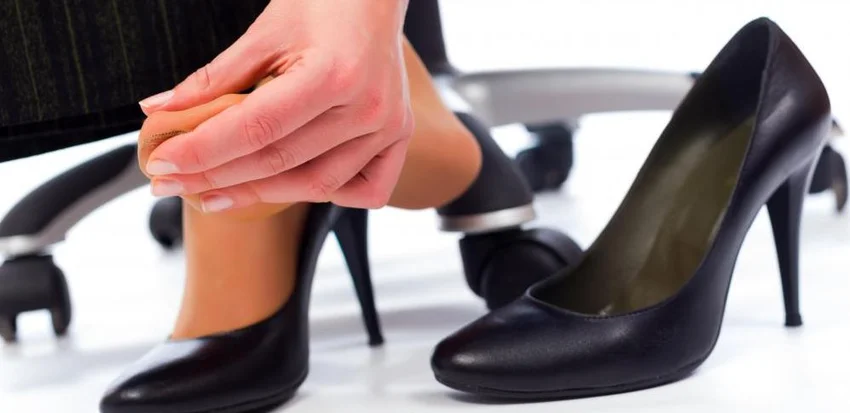Scores of patients present daily at surgical outpatient clinics with nail problems. The main complaint is usually an ingrown toenail (unguis incarnate) with mild inflammation, but, that may develop into a very painful feverish inflammatory condition.
Ingrown Toenail

Causes of ingrown toenails
Ingrown toenails are the result of a small injury or the continuous compression of the foot from improper shoes or improper pedicure. Under compression, the nail edges irritate the nail bed setting off an inflammatory process in which the nail bed becomes swollen, red and painful. In chronic cases, initially a small then a larger suppurative so-called “foreign body granuloma” may develop along the nail edges that is exceptionally distressing due to its malodorous discharge.
Treatment
Medicinal therapy, local creams and anti-inflammatories may be tried in the early stages, but, these are usually unsuccessful while excision of the lateral nail plate not growing properly is usually a successful routine procedure.
In the event of recurrence, a repeat excision of the lateral nail plate or removal of the entire nail (nail avulsion) might come under consideration. If these are not successful, then plastic surgery of the lateral nail plate would be the next step. This often results in an ugly, shovel-like nail but at least there is no more discharge or pain.
The most successful treatment method of an inflamed nail bed, currently, has proven to be the laser procedure. The section of the nail bed from whence the lateral portion of the nail growing in the wrong direction starts out is excised under anesthesia. The rate of recurrence is much smaller and the cosmetic results are also good.
Fungal infections of the nails causing esthetically unpleasaant thickening, discoloration and deformities of the nails are treated separately from the above inflammatory process and require the cooperation of a dermatologist and a surgeon. After pathogenic identification, anti-fungal treatment must be started then followed by corrective surgery. The treatment may be lengthy, may take weeks even, but this is the only way to success.
The description was prepared with the help of the dermatologists of the Buda Health Center.
Feel free to contact our specialists!
At the Buda Health Center, you have the opportunity to attend the private practices of more than 300 renowned specialists, offering expertise in nearly 45 medical specialisms, at five locations. Personalized care is provided by a well-trained and empathetic staff of professionals, who have been working together for a long time. Based on our 23 years of experience and the feedback received from our 450,000 clients, we are constantly working to organize our healthcare services in the most efficient way possible for those who visit us, paying respect to their needs and time.

